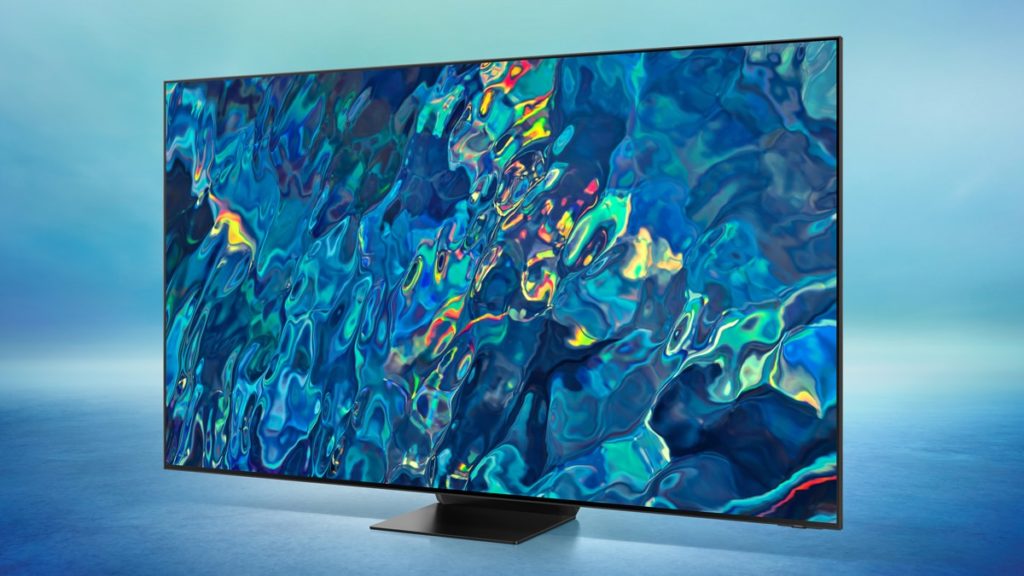
Samsung has been caught cheating in TV benchmarks, according to recent reports by FlatPanelsHD and HDTVTest’s Vincent Teoh that discuss and demonstrate how the company has designed its TVs to “recognize and react to test patterns used by reviewers.” Among the cheats that Samsung has seemingly engineered include those discovered in the QN95B Neo QLED 4K Smart TV, which reportedly “changes its color and luminance tracking during measurements to appear very accurate” and “boosts peak brightness momentarily by up to 80%, from approx. 1,300 nits to 2,300 nits.” FlatPanelsHD noted in its coverage that it had reviewed the set but found that it never surpassed 1,300 nits with real content. Samsung has promised a software update.
“Samsung remains committed to relentless innovation to provide the best picture quality to our consumers,” wrote in a statement to FlatpanelsHD. “To provide a more dynamic viewing experience for the consumers, Samsung will provide a software update that ensures consistent brightness of HDR contents across a wider range of window size beyond the industry standard.”
“The update for S95B has been conducted, and the update for QN95B will be provided soon,” the company added.
Reviewers, calibrators and certification bodies typically use a 10% window for HDR testing, which simply means that it takes up 10% of the screen. In this window multiple steps from black to white as well as a set of colors are measured. Samsung has designed its TVs to recognize this and other commonly used window sizes, after which the TV adjusts its picture output to make measurements appear more accurate than the picture really is. When using a non-standard window such as 9% (everything else equal), the cheating algorithm can be bypassed so the TV reveals its true colors.
Source: FlatPanelsHD
